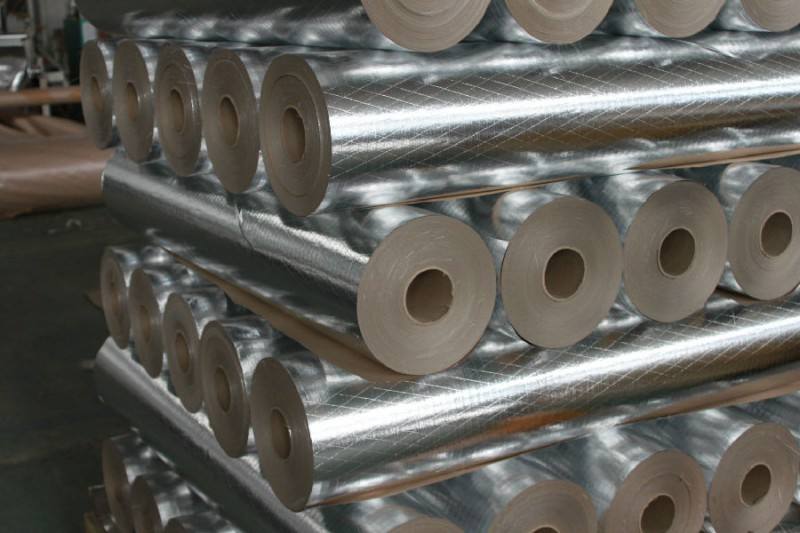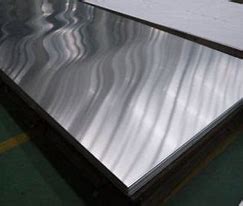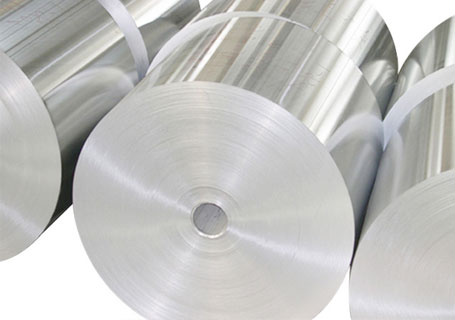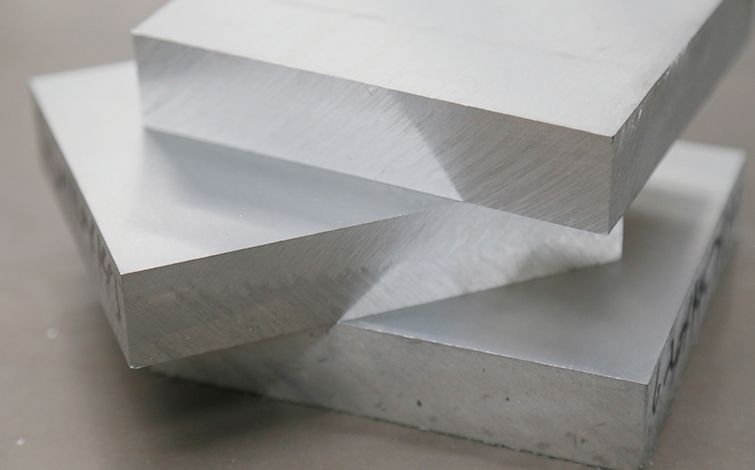



In recent years, the global aerospace aluminum industry has developed rapidly, and countries around the world are paying more and more attention to the research and development of aircraft and aluminium-lithium alloy, especially in today's increasingly serious energy problems, how to maintain the performance of aircraft at the same time, the issue of cost reduction has become the focus of attention around the world. Scientists are not satisfied with traditional aluminium alloys, but want to further reduce the weight of the vehicle and save costs. So, they are working hard again. Gradually, the element lithium came into their view. Compared to other elements, lithium is light enough, at 0.534g/cm³, which is more than half the density of water, so think how much weight can be reduced by a metal lighter than water. As research continues to develop, aluminium-lithium alloys are gradually replacing the traditional 2000 and 7000 series aluminium alloys in the design of new aircraft, becoming the most desirable lightweight aerospace high-strength structural material.
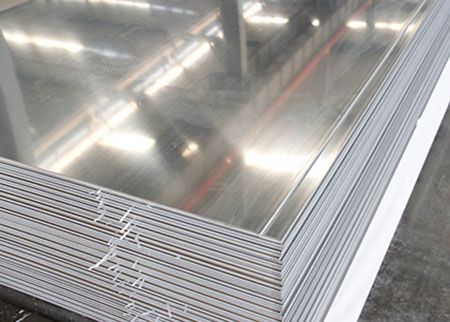
In 1924, the first generation of aluminium-lithium alloys was born by German material experts and named "Scleron", but as it did not have much of a performance advantage over the then recognised aluminium-magnesium alloys, it only made a small splash.
It was not until 1957 that the American company Alcoa succeeded in developing Alloy 2020, which was used in the wing skins and horizontal tail skins of the Navy's TA-5CVigitante aircraft, resulting in a 6% reduction in fuselage weight. This result has brought the attention of the academics back to the subject. Despite its many advantages, the first generation of aluminium-lithium alloys also had a number of problems that could not be optimised: poor toughness, high notch sensitivity, etc. It was impossible to use a material that could not withstand "setbacks", let alone take to the skies! Moreover, the alloy could not be mass-produced and therefore did not meet the new aviation design standards.
Later, the aviation industry raised the bar in terms of light weight in order to reduce fuel costs and this led to the second stage of development of aluminium-lithium alloys. Through the efforts of scientists from the Soviet Light Alloy Institute, 1420 alloy was born. With its low specific gravity, high modulus of elasticity and good weldability, this alloy was successfully used in the components of fighter jets such as the Mig-29, Su27 and Su235, finally fulfilling the dream of going into the sky without fear. It has also been used in some medium and long-range missile warhead casings.
* Thank you for your inquiry. Please provide your business needs information so that we can better serve you.
This information can help us assign the most suitable person to solve your problem. We will give you feedback within 1-2 working days.
Related Blog
